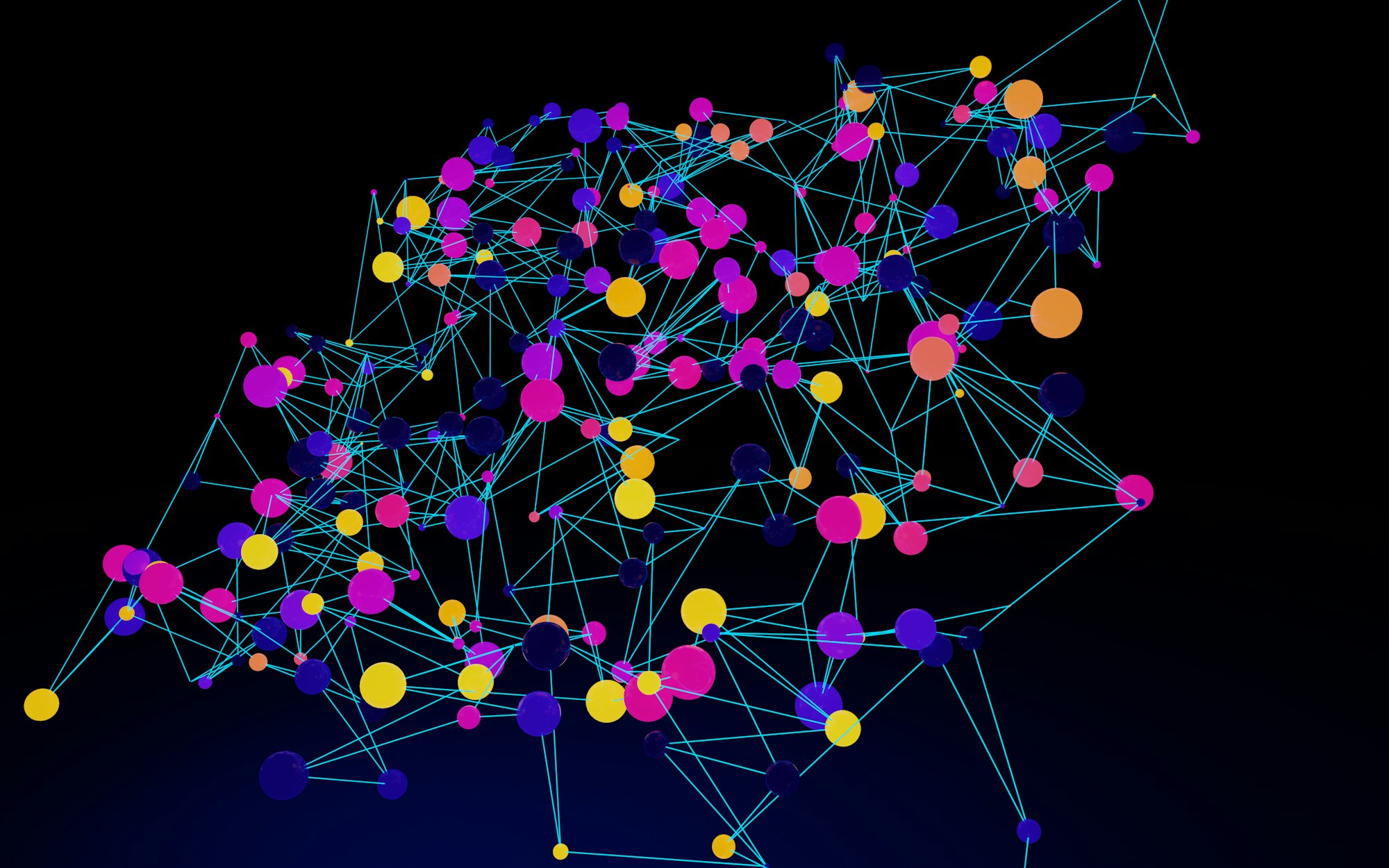Exploring the mathematical concept of Hilbert spaces and their applications in quantum mechanics, signal processing, and more.
Introduction
Hilbert spaces are a cornerstone of modern mathematics and physics, playing a crucial role in various branches of science and engineering. Named after German mathematician David Hilbert, these spaces offer a powerful and elegant framework for understanding the world around us. In this blog post, we'll dive into the concept of Hilbert spaces, unravel their mathematical foundations, and explore their applications in quantum mechanics, signal processing, and beyond.
What is a Hilbert space?
A Hilbert space is a complete inner product space, which is a mathematical structure that generalizes the familiar concept of Euclidean space. It allows us to work with infinite-dimensional spaces while still maintaining the essential properties of finite-dimensional spaces. The defining characteristics of a Hilbert space are:
- A vector space: A set of objects, called vectors, that can be added and multiplied by scalars (real or complex numbers) while satisfying certain axioms (e.g., associativity, distributivity, and the existence of zero and inverse elements).
- An inner product: A function that takes two vectors as input and returns a scalar, satisfying specific properties (e.g., linearity, conjugate symmetry, and positive definiteness).
- Completeness: Every Cauchy sequence of vectors in the space converges to a limit within the space.
2. Mathematical foundations
To understand Hilbert spaces, let's first take a closer look at the mathematical concepts underlying them:
- Vector spaces: Vector spaces are fundamental constructs in linear algebra, abstracting the notion of direction and magnitude. Examples include the familiar n-dimensional Euclidean space and function spaces.
- Inner product: The inner product, often denoted as <u, v>, is a generalization of the dot product in Euclidean spaces. It allows us to define notions such as angle and orthogonality between vectors.
- Completeness and the Cauchy criterion: A space is complete if every Cauchy sequence (i.e., a sequence of vectors where the distance between successive elements tends to zero) converges to a limit within the space. Completeness ensures that the space is "well-behaved" and does not have any "holes."
Examples of Hilbert spaces
Hilbert spaces come in many forms, ranging from finite-dimensional to infinite-dimensional. Some common examples include:
- Finite-dimensional Euclidean spaces (e.g., R^n and C^n): These spaces are the simplest examples of Hilbert spaces, with the standard dot product serving as the inner product.
- L^2 spaces: These spaces consist of square-integrable functions defined over a specific domain, with the inner product being the integral of the product of the functions.
- Sequence spaces: Spaces of infinite sequences with the inner product defined as the sum of the product of corresponding elements.
Applications in quantum mechanics
Hilbert spaces play a central role in quantum mechanics, where they are used to represent the state of a quantum system. The wave function, a fundamental concept in quantum mechanics, is an element of a Hilbert space. Properties such as superposition, entanglement, and measurement can be elegantly described within the framework of Hilbert spaces.
Applications in signal processing
Hilbert spaces provide a powerful tool for analyzing and processing signals in signal processing. For instance, the L^2 space is commonly used to represent signals, allowing for the application of Fourier analysis and other mathematical techniques. Additionally, Hilbert spaces enable the formulation of optimal filtering and estimation problems.
We research, curate and publish daily updates from the field of AI.
Consider becoming a paying subscriber to get the latest!









